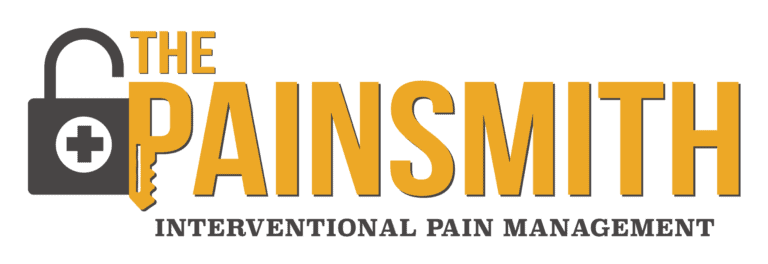Chronic pain is a condition affecting around 51.6 million adults in the United States alone, and it’s becoming more common. A recent study published in the Journal of the American Medical Association found that the rate of growth of chronic pain in the US is greater than other major conditions such as depression, diabetes, and hypertension. Due to the aging population, the increase in diabetes and the increase in cancer survival rates, the prevalence of chronic pain is expected to increase in the coming years. In 2001, The American Chronic Pain Association (ACPA) declared September “Pain Awareness Month” to raise public awareness of issues in the area of pain and pain management. To kick off this year’s Pain Awareness month, Dr. Smith wanted to share some facts about chronic pain, and talk about the gaps in pain research and what can be done to support further funding and awareness around the condition.
Demographics of Pain
Age, gender, education and income all play a role in who experiences chronic pain.
- Chronic pain is significantly more prevalent in women than men.
- About 65% of adults ages 65 and older experience chronic pain.
- Adults with less than a high school education make up 24% to 28% of all chronic pain patients.
- Non-Hispanic American Indian and Alaska Native adults report higher instances of chronic pain.
- Divorced or separated people report higher instances of chronic pain.
- Adults with public health insurance are more likely to report chronic pain than those with private health insurance.
- Chronic pain is associated with having a total family income of less than $25,000.
Source: Prevalence of Chronic Pain

Types of Pain
The treatments for chronic pain are as diverse as the causes. Treatment plans typically use a combination of treatment options including:
- Exercise and Physical Therapy
- Nonprescription and Prescription medications
- Trigger Point Injections
- RFA
- Spinal Cord Stimulation
- Steroid Injections
- Platelet Rich Plasma (PRP) Injections
- Nerve Blocks
Costs of Pain
- Chronic pain costs approximately $560 to $635 billion annually in medical expenses, disability programs and lost productivity.
- The total cost of chronic pain is more than that of cancer, diabetes and heart disease.
- Prescription opioids cost an average of more than $800 out of pocket annually.
- Patients with moderate pain pay $4,516 more in annual health care costs than those with no pain.
- Patients with severe pain pay $3,210 more in annual health care costs than those with moderate pain.
With the current prevalence and projected increases in chronic pain, chronic pain research and management will become increasingly important. We have a considerable trove of knowledge around pain causes and treatments, but there’s a lot we still don’t know. Too little is known about pediatric pain, and much better statistics need to be gathered regarding children’s chronic pain. Infants respond differently to pain than 4-5 year olds, who respond differently than pre-teens. Research efforts focused on pediatric pain and greater treatment options, can lead to improved outcomes for kids. Other gaps in chronic pain data include concrete information about its financial cost, statistics about pain among veterans, and details about the specific medical conditions that are causing pain.
How can we support the future of chronic pain research? Show your support for Pain Awareness Month using the hashtag #painawarenessmonth. Consider donating to organizations on the forefront of chronic pain support and research such as the US Pain Foundation and IASP. If you or someone you know is eligible, there are many clinical trials around pain and pain research that are looking for participants. Most importantly, take chronic pain seriously and don’t hesitate to speak with your doctor if you are struggling.
At The PainSmith, we have several different options to help manage your chronic pain. You can request a consultation or give us a call and we’ll discuss your options.

